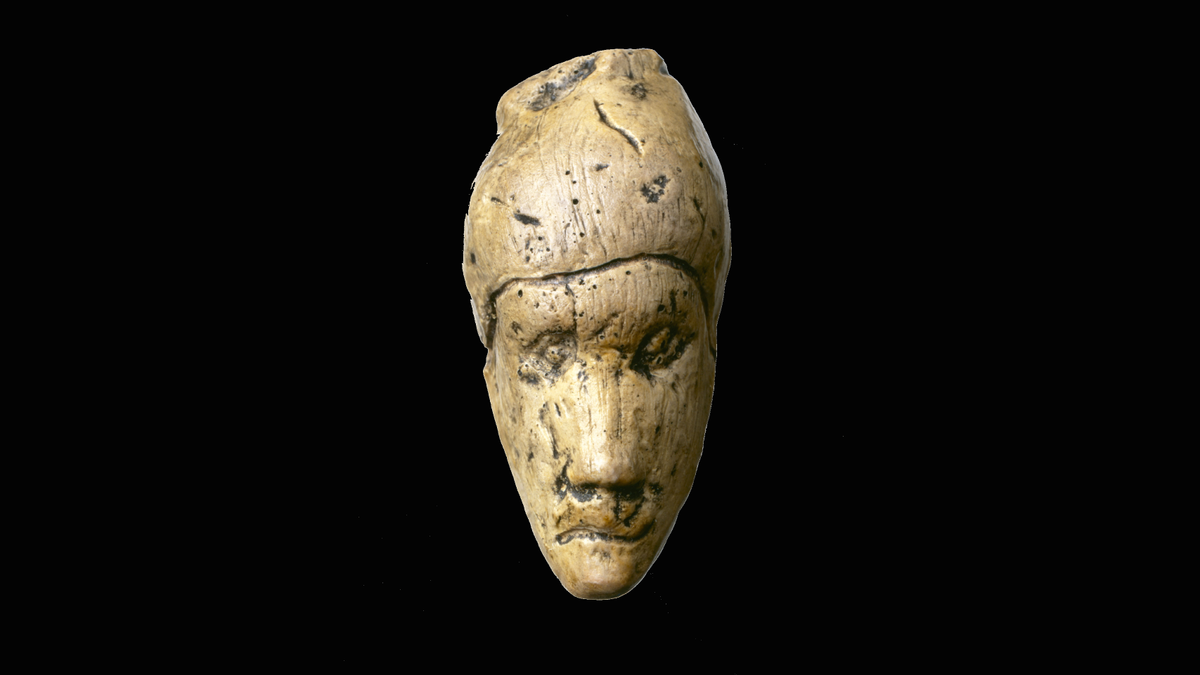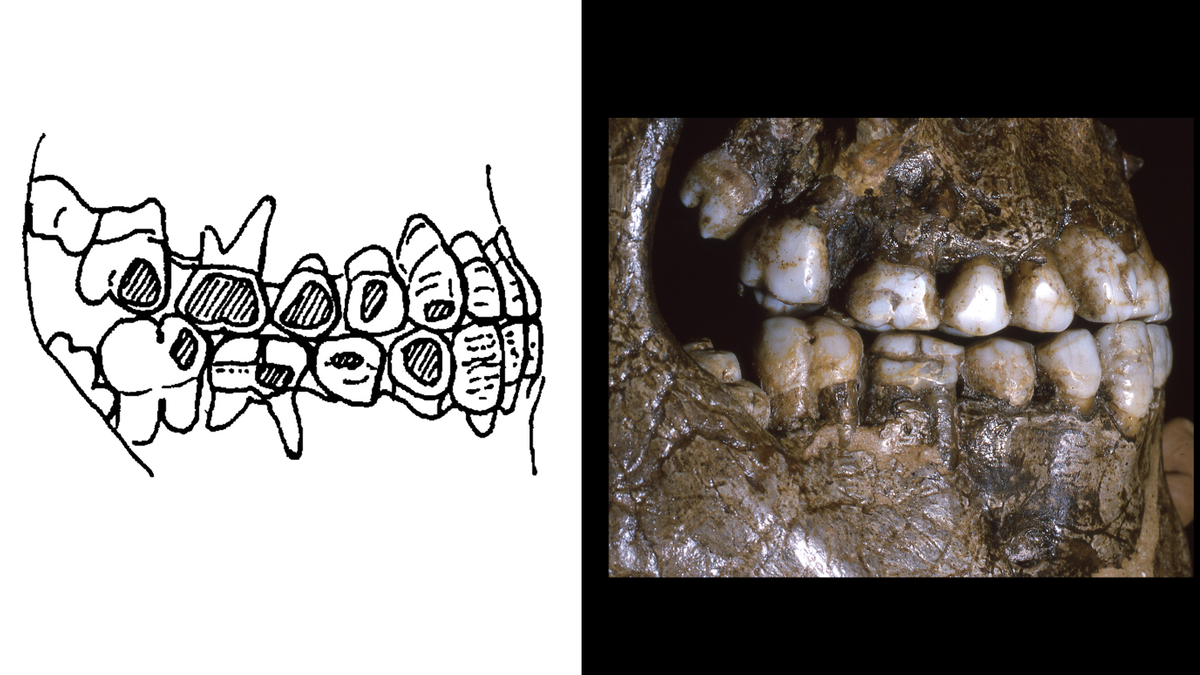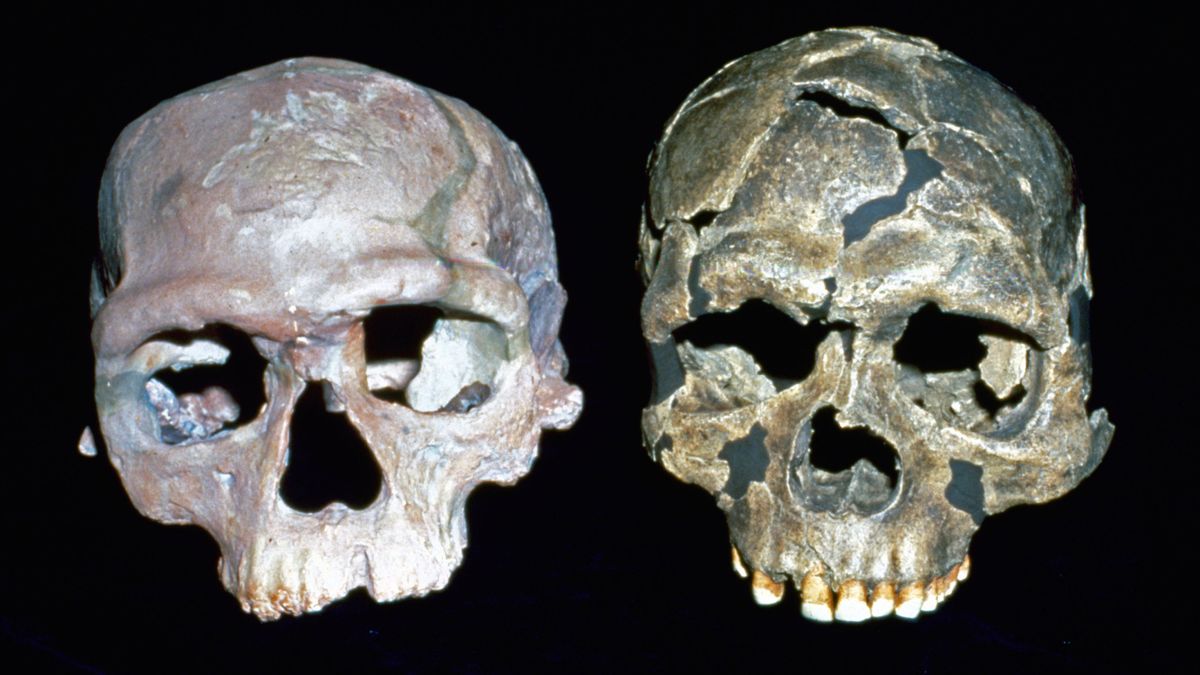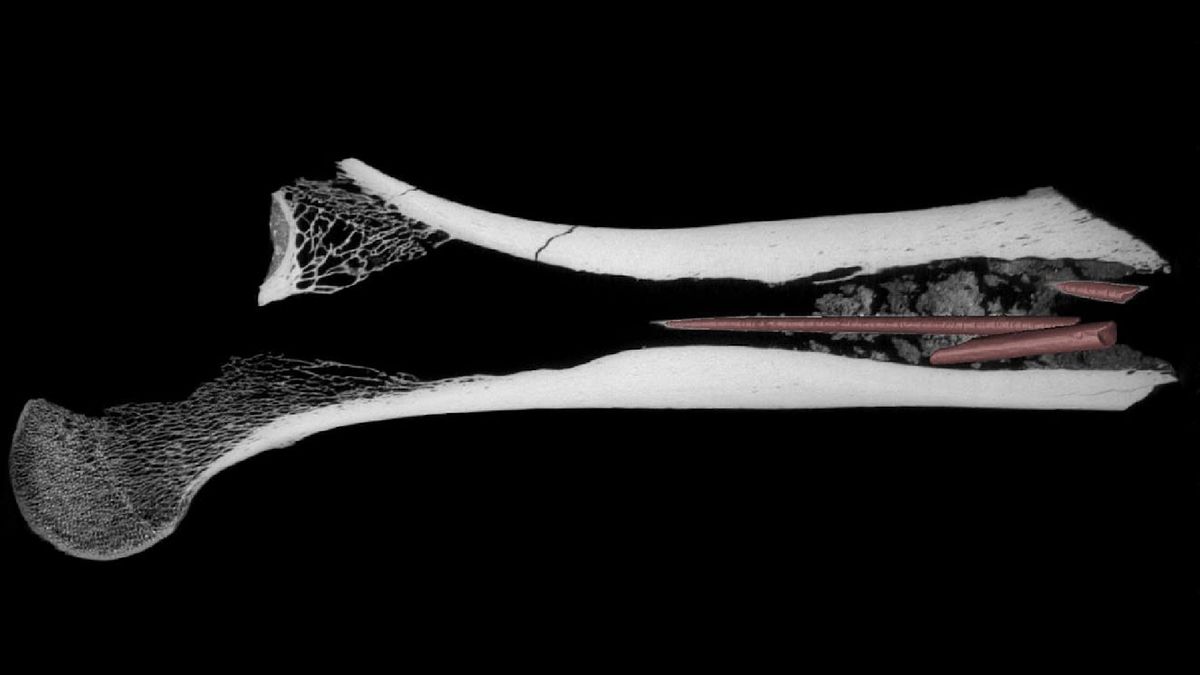Greek authorities have closed schools and deployed emergency crews as a swarm of earthquakes intensifies near the volcanic island of Santorini. Scientists aren’t expecting Santorini or other volcanoes in the region to erupt, but they warn more powerful earthquakes could be coming.
People on Santorini began feeling tremors last week as a cluster of underwater earthquakes broke out beneath the Mediterranean’s Aegean Sea. These small earthquakes — mostly magnitude 3.5 or less — continued to intensify on Monday (Feb. 3).
The largest earthquake so far was a magnitude 5, which struck 21 miles (34 kilometers) northeast of Santorini at 2:27 p.m. local time (7.27 a.m. EST), according to the University of Athens’ earthquake tracking website.
The Greek authorities have responded to the earthquakes by ordering precautionary measures on Santorini and nearby islands, all of which are popular tourist destinations, the Associated Press reported.
Santorini sits on the exposed part of a largely underwater volcano called the Santorini caldera. However, researchers believe the earthquakes there are driven by the movement of plates, or plate tectonics, rather than volcanic activity.
David Pyle, a professor of Earth sciences at the University of Oxford who has studied volcanos in the Santorini caldera, told Live Science that the earthquakes by Santorini are likely caused by a series of faults — or zones where two blocks of rock move or slip against each other. However, he noted that the earthquakes were “unusual.”
“The problem with this event is that we’ve just seen earthquake after earthquake after earthquake,” Pyle said. “It’s all underwater, and so it’s really hard to anticipate what’s going to happen next.”
Related: Yellowstone National Park earthquake shakes hottest and oldest geothermal area
The Aegean Sea sits on a small plate of crust, which is stretching as the nearby African plate slides beneath the Eurasian plate. Pyle noted that stretching in the Aegean’s crust creates stresses that move the faults driving the earthquakes.
This isn’t the first time Santorini has experienced a series of small, concentrated earthquakes, known as an earthquake swarm. Magma moving beneath Santorini triggered a swarm around the island in 2011 and 2012, but that event was less severe than the ongoing swarm, which is northeast of the island.
“The area that is being affected is a little larger [than in 2011 and 2012,] the rate at which the detected earthquakes are occurring is also larger, and the focus of the events is outside the Santorini caldera,” Pyle said.
Kolumbo volcano
Most of the earthquakes have occurred between another underwater volcano, Kolumbo, which is approximately 4.4 miles (7 kilometers) northeast of Santorini, and the small island of Anydros. While plate tectonics appear to be driving the earthquakes this time, Pyle noted that researchers are unsure whether there’s a direct link between the tectonic activity and any potential volcanic activity at Kolumbo.
“We actually don’t really know much about the deep systems supplying magma to the volcanos,” Pyle said.
Kolumbo volcano last erupted in 1650, triggering a catastrophic tsunami that devastated islands in the region. Santorini was shaped by the earlier Minoan eruption in 1600 B.C., which was one of the largest volcanic eruptions in human history, according to Columbia University’s Lamont-Doherty Earth Observatory in New York.















